Saturday, 27/04/2024 | 10:51 GMT+7
That a strategy and master plan for developing renewable energy sources in Vietnam have been approved will be an important legal basis for investors to implement projects exploiting potential renewable energy sources in Vietnam.
At a meeting with the ministries concerned in April 2011 to address a range of new issues in the current energy balance as well as in the situation that a series of wind and solar energy projects are pending a full legal framework, Deputy Prime Minister Hoang Trung Hai instructed the Ministry of Industry and Trade to soon seek opinions from related ministries on a strategy and master plan for developing renewable energy sources to 2030, and the vision to 2050, thereafter submit them to the Government for consideration and approval.

Deputy Prime Minister confirmed this would be an important legal basis for investors to implement projects exploiting potential renewable energy sources, especially a series of wind power projects in the South Central Province, on islands and in remote areas. He also signaled the views and encouragement on increasing the promotion of renewable energy exploitation and utilization to meet the demand of national energy balance and sustainable development at present.
Deputy Prime Minister Hoang Trung Hai also noted that the drafting agencies should develop specific mechanisms of mobilizing capital, procedures, project catalogs, human resources and scientific research… to best facilitate and develop effectively this field, and at the same time complete data and energy statistics, set up criteria and goals that are more updated than the current national energy development strategy.
According to the Ministry of Industry and Commerce, the assessment and analysis of the balance of energy sources at present show the urgent need to exploit and promote new energy sources as well as renewable energy sources in Vietnam.
Survey results on the potential of renewable energy sources across the country show that Vietnam now has more than 1,000 sites where small hydroelectric power plants with a total capacity of about 7,000 MW can be built. Particularly, the micro hydro power with capacity under 0.1 MW is suitable for the electrification of remote areas.
A survey by the Electricity of Vietnam Corporation reveals that energy potential is approximately 2,000 MW; biomass energy is around 800 MW; and the potential of solar energy, geothermal and tidal energy is great.
As of 2010, the exploitation of renewable energy in Vietnam only produced the total capacity of about 550 MW, mainly from small hydros and biomass. Meanwhile, wind and solar power stations had been in small scale with a total installed capacity of about 10 MW.
The main cause of this situation is that the economic efficiency of these energy sources is not really attractive. Moreover, the mechanisms and policies, the implementation, the database, the application of technology, etc, are inappropriate, thus restraining the implementation of renewable energy projects.
By An Nguyen
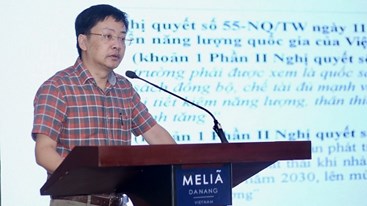
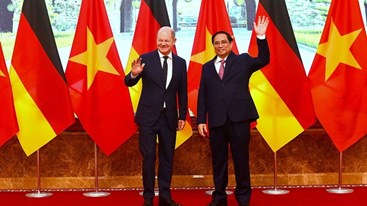
.png?w=367&h=206&mode=crop)
.jpg?w=367&h=206&mode=crop)
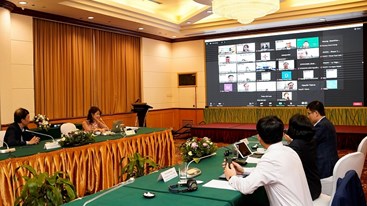
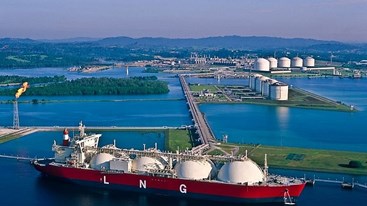
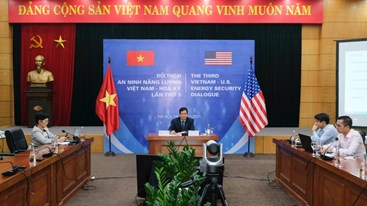
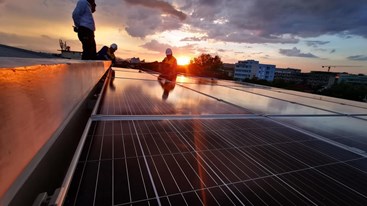
.jpg?w=367&h=206&mode=crop) Energy efficiency and conservation usage is an important aspect of the national energy development strategy
05/03/2024
Energy efficiency and conservation usage is an important aspect of the national energy development strategy
05/03/2024
 Challenges and Opportunities to promote energy efficiency market in Vietnam
Challenges and Opportunities to promote energy efficiency market in Vietnam
 The Ministry of Industry and Trade requests government agencies to coordinate in organizing Earth Hour 2024
The Ministry of Industry and Trade requests government agencies to coordinate in organizing Earth Hour 2024
 Consultation on Energy Efficiency Boiler Catalogue and Wood Drying Guideline
Consultation on Energy Efficiency Boiler Catalogue and Wood Drying Guideline
 Son Ha Co., Ltd, applies energy efficiency and conservation measures
Son Ha Co., Ltd, applies energy efficiency and conservation measures
.png?w=367&h=206&mode=crop) Request for expression of interest - C2.1.13: Capacity Building on energy efficiency policies development
Request for expression of interest - C2.1.13: Capacity Building on energy efficiency policies development
 Phuc Kien Co., Ltd., is effectively implementing energy-saving measures
Phuc Kien Co., Ltd., is effectively implementing energy-saving measures
 Request for expression of interest - C2.1.12: Independent monitoring of safeguards implementation
Request for expression of interest - C2.1.12: Independent monitoring of safeguards implementation